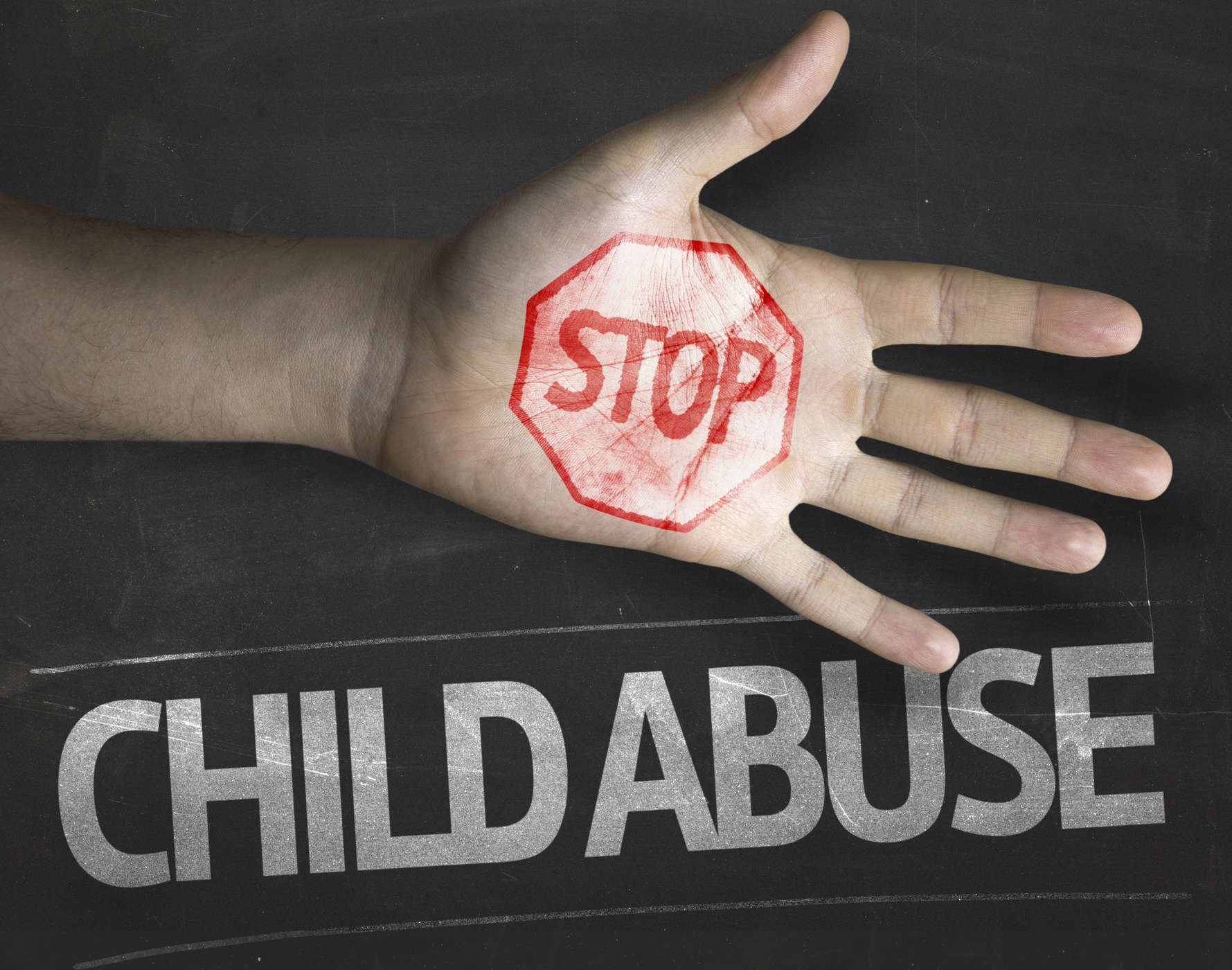Contents:
- Medical Video: What to do during a nosebleed
- Get to know the different types of nosebleeds first
- First aid for dealing with nosebleeds
- 1. Sit up straight and point your body forward
- 2. Press the nostrils for 10 minutes
- 3. Don't sneeze
- 4. Use cold compresses
- 5. If the nosebleed has not stopped, go to the doctor immediately
Medical Video: What to do during a nosebleed
Many people still make mistakes when overcoming nosebleeds. For example, looking up or lying down so that blood does not flow out of the nose. In fact, mistakes when handling nosebleeds are dangerous.
Epistaxis or what is known as nosebleeds is one of the terms commonly heard by most people. Nosebleeds are a condition in which blood comes from the nose. This might happen to anyone, ranging from children to the elderly.
Nosebleeds are caused by various causes, from mild or harmless to those that should be watched out for. Some of the causes of nosebleeds include the presence of wounds in the nasal area, irritation of the nasal mucosa, blood disorders and tumors.
Then what should be done if there is a nosebleed? Here comes the first aid guide for dealing with nosebleeds.
Get to know the different types of nosebleeds first
Apparently there are types of nosebleeds, you know! There are two types of nosebleeds, namely anterior epistaxis (front) and posterior epistaxis (back). Then what distinguishes the two? What distinguishes the two types of nosebleeds is the location of the nasal arteries where blood flows when the nosebleed originates.
However, most of the nosebleeds that occur are anterior epistaxis, especially in children or young people. Posterior epistaxis is less common and the cause may be caused by too high blood pressure and blood disorders. Posterior epistaxis is more common in people who are elderly.
First aid for dealing with nosebleeds
1. Sit up straight and point your body forward
Most people when they have a nosebleed, they lie down or raise their heads back. This is a wrong position and is not recommended.
The correct way is to make sure your position remains upright and aim your body slightly forward. This can prevent blood returning to the nose or airway. If you lie down, the blood will re-enter and can block the airway.
2. Press the nostrils for 10 minutes
To deal with nosebleeds, push your nostrils using your fingers (thumb and index finger) for 10 minutes. The action aims to give emphasis to the bleeding point so that the blood stops flowing. When you do this, you can try to breathe by mouth first.
3. Don't sneeze
When blood is still flowing, do not intentionally try to sneeze or bleed from the nose. It can actually make nosebleeds difficult to stop and stimulate blood that begins to dry up to re-flow again.
4. Use cold compresses
You can also put cold compresses on your nose so the blood stops faster. However, do not directly attach ice cubes to the nose. Wrap ice cubes with a soft cloth or towel, just stick to the nose to overcome the nosebleed.
5. If the nosebleed has not stopped, go to the doctor immediately
If blood continues to flow for more than 20 minutes and the action you have taken has not produced results, you should immediately see a doctor for further medical treatment. In addition, if you have difficulty breathing, losing a lot of blood due to nosebleeds, swallowing lots of blood to vomiting, and nosebleeds caused by serious accidents, you should also go to the doctor for further examination and treatment.












